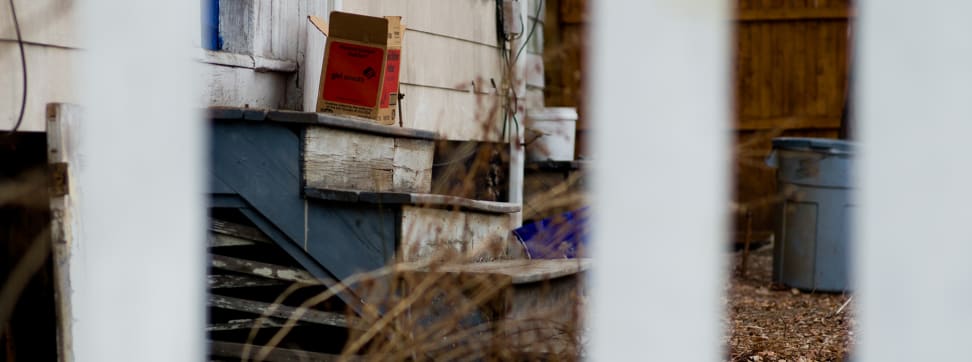Sample Gallery: Street Shooting With the $7,000 Leica M
For the über-expensive Leica M, old school spirit runs more than skin deep.
 Credit:
Credit:
Recommendations are independently chosen by Reviewed's editors. Purchases made through the links below may earn us and our publishing partners a commission.
With seemingly every camera claiming to be "retro inspired" these days, there's still one manufacturer who is truly keeping things old school: Leica. Shooting with something like the Fujifilm X100S can feel like breaking out your old record player for a bit of nostalgia. Shooting with a Leica is like doing the same thing in a polyester leisure suit while sitting in a Herman Miller Eames lounge chair. It's classic, sure, but it's also frequently uncomfortable.
Hand-crafted from magnesium alloy and brass and using Leica's heralded M mount lenses, the $6,950 Leica M—which we first got our hands on back at Photokina in 2012—is unlike any other camera on the market. At the same time, it's like pretty much every Leica from the past half century. Save for the digital insides and additions like live view and video capture, shooting with a brand new Leica M is incredibly similar to shooting with the Leica M3, released in the 1950s.
And, as is Leica's wont, it's still as expensive as a very nice used car, before you even consider getting a lens for it. For this article we paired it up with the 75mm f/2.5 Summarit-M. It's more of a portrait lens than a street shooter, but it served our purposes just fine. The sample shots you see below were captured in RAW and converted and edited in Adobe Photoshop.
We are finally getting around to actually testing and reviewing Leica's latest camera, and had a chance to go shoot some samples. Like the time we spent with the Leica M Monochrom—a digital camera that exclusively shoots black and white—there's a certain anachronistic charm to taking a digital rangefinder out for a spin in the 21st century urban jungle.
A rangefinder like the Leica M doesn't operate like a traditional TTL (Through The Lens) camera, which lets you look through a viewfinder and out through the lens you're shooting with. The Leica M has a viewfinder and a rangefinder window. The rangefinder is coupled to the focusing system and a small center portion of that image is reflected onto the viewfinder. When you turn the focusing ring, the rangefinder's image will also move. When the rangefinder image and viewfinder image fuse and become sharp, you know your subject is in focus.
It's a completely different way to shoot compared to modern DSLRs, and it changes the way you approach photography. Capturing your subject in focus requires patience and expertise, especially if you're shooting on the street and your subject is moving. The viewfinder image also doesn't adapt to the focal length of your lens, so with wider lenses you have to rely on framing guidelines in the finder to know what's actually going to end up in your shot. It can be a frustrating enterprise, but it's one that some photographers absolutely live for.
In my case at least, the result is that I need to take an extra few seconds to compose my shots. After a little while shooting with the Leica M, I did find myself looking at the world a little differently. Having to work harder to capture what you want exercises a different part of your brain, a part that maybe just goes to sleep when using cameras that can do it all for you. You have to prepare for a shot, anticipate what will look good, and hope that you captured it. It'd be pretty sanctimonious to say that it's a more "pure" experience or that it's closer to shooting with film, but it's certainly different.
The last camera I shot with before the Leica M was the Nikon D4S, a $6,499.99 professional-level beast designed exclusively to capture images as fast as technologically possible. Designed for the working professional, the D4S is loaded with every new feature you can imagine. It's the yin to the Leica's M's yang. They're both designed for demanding shooters, but they couldn't be philosophically further apart.
After shooting with both, there's one glaring difference I could find. When I missed a shot with the Nikon D4S, I could convince myself it was the camera's fault. Either the focus system wasn't fast enough, or it picked the wrong point, or the white balance system missed the mark. When I missed a shot with the Leica M, I just blamed myself. Sure, having autofocus would've helped in some cases and automatic exposure is occasionally a wild guess on the camera's part, but the Leica M is what it is. If you're going to shoot with a Leica, you're just going to have to play by its rules, live with the results, and try to be better next time. And if that's not old-school photography then I don't know what is.
{{ photo_gallery name="Sample Photos - Leica M" }}
